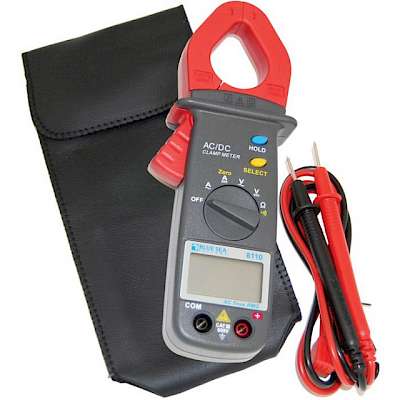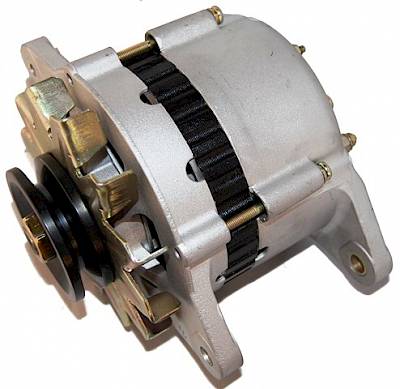
How Do I Test the Batteries on My Boat?
Question:
I read with interest your Tech Talk article on “Are My Batteries Good For Another Season”. I am not an electrician or a mechanic but I noted that you did not mention Amps as a measure of whether or not a battery is still ‘good’. I had my 8D wet batteries tested and the following was reported: Battery 1 - 1052 CA, Battery 2 - 920 CA, Battery 4 - 656 CA, Battery 3 - 58 CA (starter battery). All read voltage around 13.5V except #3 which read 13.24V. Battery 3 was replaced and now reads 1324 CA and 13.61V. Can you tell me the difference between what you suggested and how my batteries were tested?
Answer:
A Cranking Amps (CA) or Cold Cranking Amps (CCA) rating is for testing batteries for engine starting. A deep cycle battery needs to be tested with a capacitance tester. Better still is to do the following test:
- Calculate your total C/20 battery amp hour capacity. For instance if you have 3 X 8D batteries, that would amount to 3 X 240 AHrs = 720 AHrs.
- Calculate how many amps would provide the calculated C/20 capacity rating above. You can do this by dividing 720 AHrs / 20 Hrs = 36 Amps.
- Create a load of 36 amps on your battery. At every hour (for the next twenty hours) of load, you need to write down the total AHrs drawn and also the battery voltage.
- Stop the draw once the battery voltage reaches 10.5 Volts. At the end of the battery capacity, the battery drops quickly and you do NOT want to go below 10.5 volts. Be careful of this in order to prevent damage to your batteries.
If your batteries were perfect, they would last 20 hours and you would draw a total of 720 AHrs. In reality, you are likely to get 90% or less. With age, a battery can provide only a fraction of its original spec.
As a warning, performing this test does put your batteries under some strain. Therefore, you should only perform this test a few times within a battery’s lifetime.
Related Content







 $258.00
$258.00 $188.60
$188.60
























